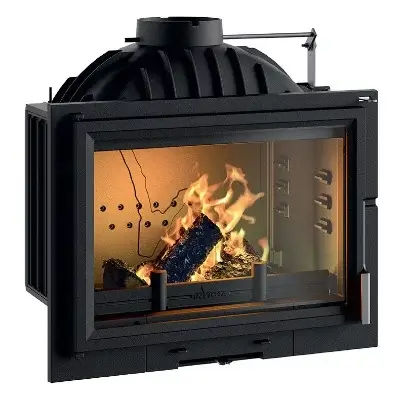A country house is a great vacation spot not only for family, but also for friends. But, with the advent of cold weather, the house needs to be heated. Choosing fireboxes here, the future owner of a modern fireplace faces difficulties choice. Including, give preference to the steel or cast iron version. Each option has its own characteristics. The choice must be made based on individual needs.
Advantages of a cast-iron fireplace
Made of heavy stoves and a grate that is resistant to burning through, the fireplace will last for decades and will only need periodic cleaning. But, due to the significant thickness of the metal, for the heater to begin to give off heat, some time must pass. Other features worth adding:
1. Hot cast iron is critically afraid of water.
2. Natural resistance to corrosion processes.
3. Visually has a more attractive appearance of the fireplace.
4. It does not need rust protection at all.
5. Over time, it will not warp or burn through.
The cast-iron version of the fireplace is ideal for a home that is regularly heated with solid fuel. In the furnace, you can burn not only ordinary firewood, but also use fuel briquettes. Use coal for heating. Cast iron is a little more expensive compared to regular sheet iron.
Features of a steel fireplace
Unlike cast iron, fireplaces of a wide variety of shapes can be made from steel. It is for this reason that their range of any manufacturer is wider. Steel has a smaller thickness, therefore, after ignition of the furnace, it almost immediately begins to give off heat to the room. Other operational features can be added:
- less sensitive to water drops on steel;
- may warp due to high temperatures;
- optimal for burning clean firewood;
- needs periodic maintenance;
- ideal for a country cottage.
The fireplace has a more attractive cost and does not need a foundation for installation. It goes well with modern design in country houses. Perfectly copes with the task as an additional heating device.





